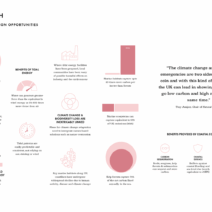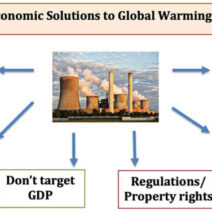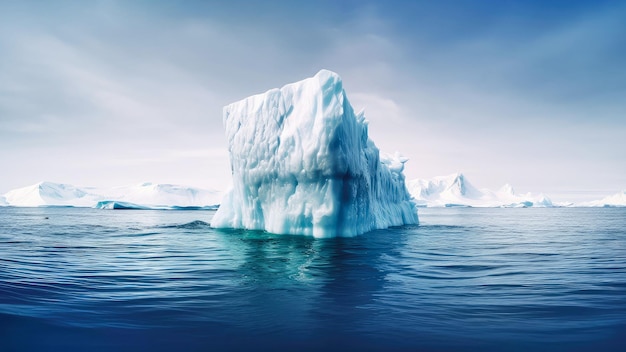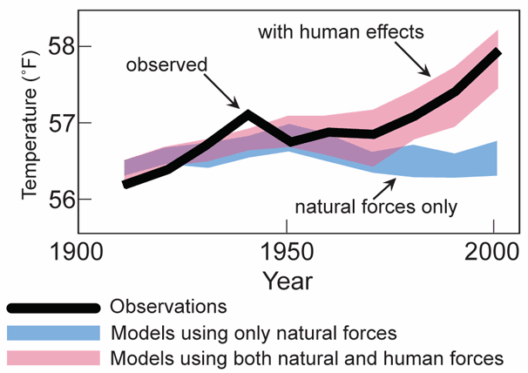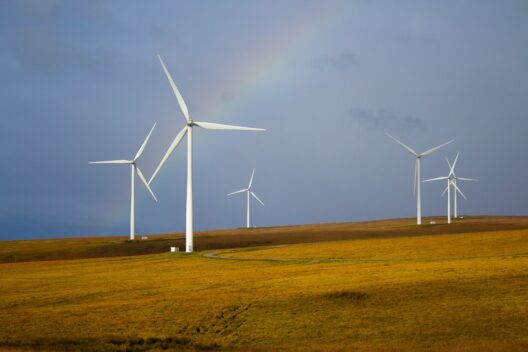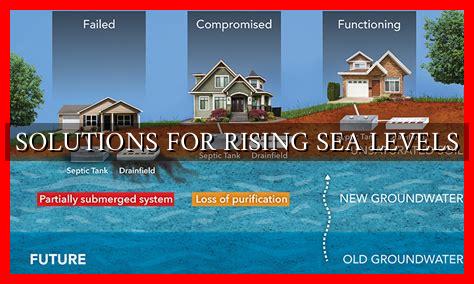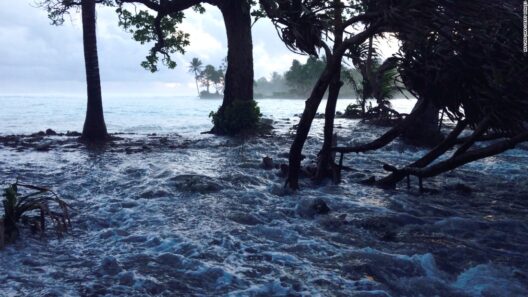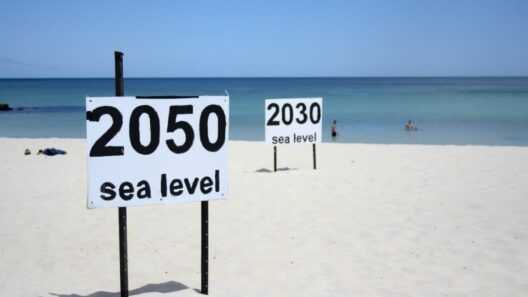As the 21st century dawned, a new consciousness emerged about the world’s climate. An increasing number of studies and observations revealed a stark reality: the earth’s climate is changing at an unprecedented rate. Among the many consequences of this climatic upheaval, rising sea levels are particularly concerning. These alterations in ocean levels can dramatically affect coastal ecosystems, communities, and economies. This article delves into the inherent link between climate change and rising sea levels, revealing the intricacies of this pressing issue that impacts millions across the globe.
At the crux of the matter lies the question: How does climate change precipitate an increase in sea levels? Understanding this connection necessitates a multifaceted exploration of the mechanisms at play.
One of the primary drivers of sea-level rise is thermal expansion. As the planet warms, ocean waters absorb heat, causing them to expand. This phenomenon, while seemingly benign, results in significant alterations to sea levels. When water temperatures increase, it expands by approximately 0.1% for every degree Celsius. Over time, even a modest increase in global temperatures can lead to considerable rises in sea levels. Consequently, this thermal expansion is projected to account for nearly half of the global sea-level rise to date.
But the relationship between climate change and sea levels does not end with thermal expansion. Another critical factor is the melting of terrestrial ice masses, particularly glaciers and polar ice sheets. As global temperatures soar, ice in places like Greenland and Antarctica undergoes accelerated melting. This glacial melt is a serious contributor to rising sea levels. Research indicates that Greenland alone is shedding ice at an alarming rate, contributing approximately 0.74 millimeters per year to global sea levels. This stark reality prompts further inquiry: How does this impact human civilizations and natural ecosystems alike?
Coastal communities stand on the frontline of this escalating crisis. Imagine cityscapes where bustling urban life meets the encroaching tide. Rising sea levels pose an existential threat to such regions. Many coastal cities are already experiencing increased flood risks due to higher tidal levels and storm surges. Furthermore, with projections indicating a rise of up to one meter or more by the end of the century, the prospects for major cities like Miami, New Orleans, and Jakarta seem bleak. As saltwater intrudes into freshwater sources, agriculture and drinking water supplies could face devastation, affecting food security and public health.
In addition to human safety, rising sea levels threaten biodiversity in coastal regions. Wetlands, mangroves, and coral reefs, which serve as nurseries for countless marine species, face inundation and degradation. The loss of these ecosystems results not only in diminished biodiversity but also in the diminished coastal protection they provide from storms and erosion.
The implications of sea-level rise extend beyond immediate health and environmental concerns. Economic ramifications are equally significant. Coastal infrastructure, such as roads, bridges, and sewage systems, is vulnerable to rising waters. Cities will face exorbitant costs to adapt and reinforce their built environments, and in some cases, to entirely relocate populations. Indeed, the economic burden of climate change is projected to grow, with trillions of dollars at stake in property values, tourism, and agriculture.
Despite the dire implications, a shift in perspective is crucial. Recognizing the systemic nature of climate change can stimulate actionable solutions. The first step toward counteracting rising sea levels is promoting global awareness and advocating for innovative approaches to mitigate climate change. Embracing renewable energy sources, enhancing energy efficiency, and protecting existing ecosystems help reduce greenhouse gas emissions, ultimately slowing the warming of our planet.
Moreover, governments and organizations must collaborate to develop strategies for adaptation. Infrastructure resilience in coastal cities is of paramount importance. This can take the form of reinforced barriers, improved drainage systems, and smart urban planning. Promoting community engagement and education can also empower local populations to understand their vulnerability and envision sustainable futures.
The road ahead may seem daunting, but there remains hope. Enhanced research and technological advancements can bolster our understanding of climate phenomena. Innovations such as carbon capture and storage, alongside nature-based solutions like reforestation, hold promise in the fight against rising sea levels. The more businesses and policymakers harness this potential, the better equipped we will be to confront the challenges posed by climate change.
Ultimately, the link between climate change and rising sea levels is indisputable. The evidence continues to mount, calling for urgent action. By grasping the complexity of this issue, humanity can harness collective energy to chart a sustainable path forward for future generations. Engaging in this global dialogue not only cultivates a deeper understanding but also illuminates a path towards accountability and resilience.
The question now rests in our hands: How will we respond to the clarion call for change? The intertwined fate of our communities, ecosystems, and planet hinges on the choices we make today.

